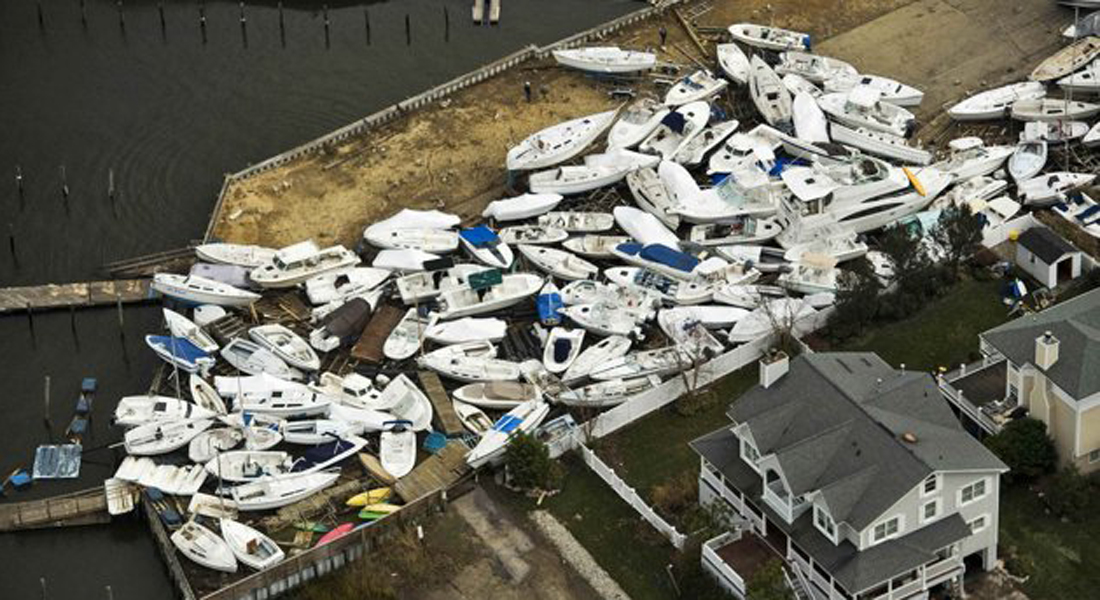What you need to do after a Irma hurricane - Storm Boat Tips
To help affected boat owners with the recovery effort after Irma hurricane, Boatanchory has these tips to get the salvage process started quickly to protect and preserve the value of any boat harmed by the hurricane or the storm.
Remove Valuables
If your boat has washed ashore, remove as much equipment as possible and move it to a safe place to protect it from looters or vandals. It’s a good idea to put your contact information somewhere conspicuously on the boat – along with a “No Trespassing” sign. However, for your safety, never climb in or on boats that have piled up together or are dangling precariously from dock pilings or other obstructions.

Minimize Further Damage
Protect your boat from further water damage resulting from exposure to the weather. This could include covering with a tarp or boarding up broken windows or hatches. As soon as possible, start drying out the boat, either by taking advantage of sunny weather or using electric air handlers. All wet materials, such as cushions, must be removed and saved for a potential insurance claim. The storm may be gone, but the clock could be ticking on mold growth.
Pickle” Wet Machinery
Engines and other machinery that were submerged or have gotten wet should be "pickled" by flushing with fresh water and then filled with diesel fuel or kerosene.
Consult Your Insurance Provider
If your boat is sunk or must be moved by a salvage company, BoatUS recommends that boat owners should not sign any salvage or wreck-removal contract without first getting approval from their insurance company. That’s because proceeding without your insurer’s knowledge may jeopardize your coverage.